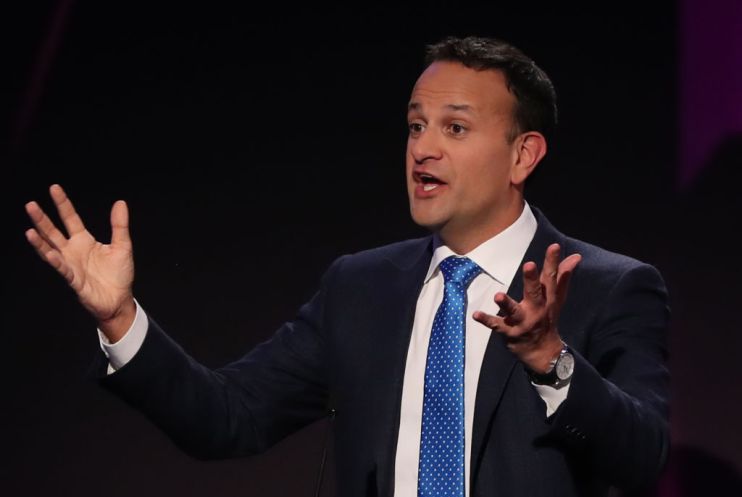Change is in the air across the Irish Sea, as Leo Varadkar is learning the hard way

Change is the word du jour across the Republic of Ireland right now.
As the General Election comes to its final stages tomorrow, the word has become so ubiquitous — in the leaders’ debates and on the campaign trail — it feels it has lost all meaning.
For nearly 10 years, centre-right Fine Gael has been in power. In 2011 Enda Kenny, along with his director of elections Phil Hogan, delivered Fine Gael’s largest ever electoral victory. Ireland was in the midst of a deep recession thanks to a calamitous banking crisis — and Fianna Fail, the governing party at the time of the crash, was shafted with the blame. Again, in 2016 Fine Gael managed to hold onto power — the first time the party ever won successive General Elections.
Now there is an appetite for something new. Since 2011, Fine Gael has accrued a lot of baggage. The party was responsible for implementing harsh austerity measures at the behest of the European Troika, and the electorate does not seem interested in rewarding Fine Gael, now led by Leo Varadkar, for its role in aiding the economy’s recovery.
Instead, Fine Gael is set for a lacklustre performance, as legions of domestic failings — from housing to health — damage the party’s appeal. It is impossible to play the role of the “change” option when you have been in power for nearly a decade
For many voters, the traditional alternative Fianna Fail fails to represent a significant departure from the status quo. Party leader Micheal Martin served under Prime Minister Brian Cowen when the financial crash hit. And, in the eyes of vast swathes of the electorate, Fianna Fail and Fine Gael’s policies can barely be separated with a cigarette paper.
Meanwhile, Sinn Fein — which unprecedentedly topped the latest round of opinion polls — has managed to tap into the zeitgeist, becoming this so-called “voice” for change with a left-wing economic agenda.
Party leader Mary Lou MacDonald has distanced herself from Varadkar and Martin, claiming that they represent some kind of old boys’ club, and positioned her party as the anti-establishment choice. Most troublingly, it seems that young voters are especially indifferent to Sinn Fein’s historical associations with the IRA — instead prioritising the party’s policies on housing.
The consolation is that, while Sinn Fein might be surging in the polls, it is incapable of securing an outright majority, fielding only 42 candidates. The party may well be kingmakers, and they certainly have their eye on government — but both Fine Gael and Fianna Fail have categorically ruled out going into coalition with them.
Historically, Sinn Fein also underperforms polling expectations. Its core support demographic (young working-class men) are less likely to turn out to vote than Fine Gael’s older voter base. And, though many like the idea of a radical option in the hypothetical, people tend to opt for a safer choice when it comes down to the voting booth.
There may be a Sinn Fein surge, which finds its roots in a general malaise against the traditional parties of government, but it is not as powerful as it might seem.
Still, if you’re just tuning into the Irish election now, expect a shake-up of the status quo.
Main image credit: Getty